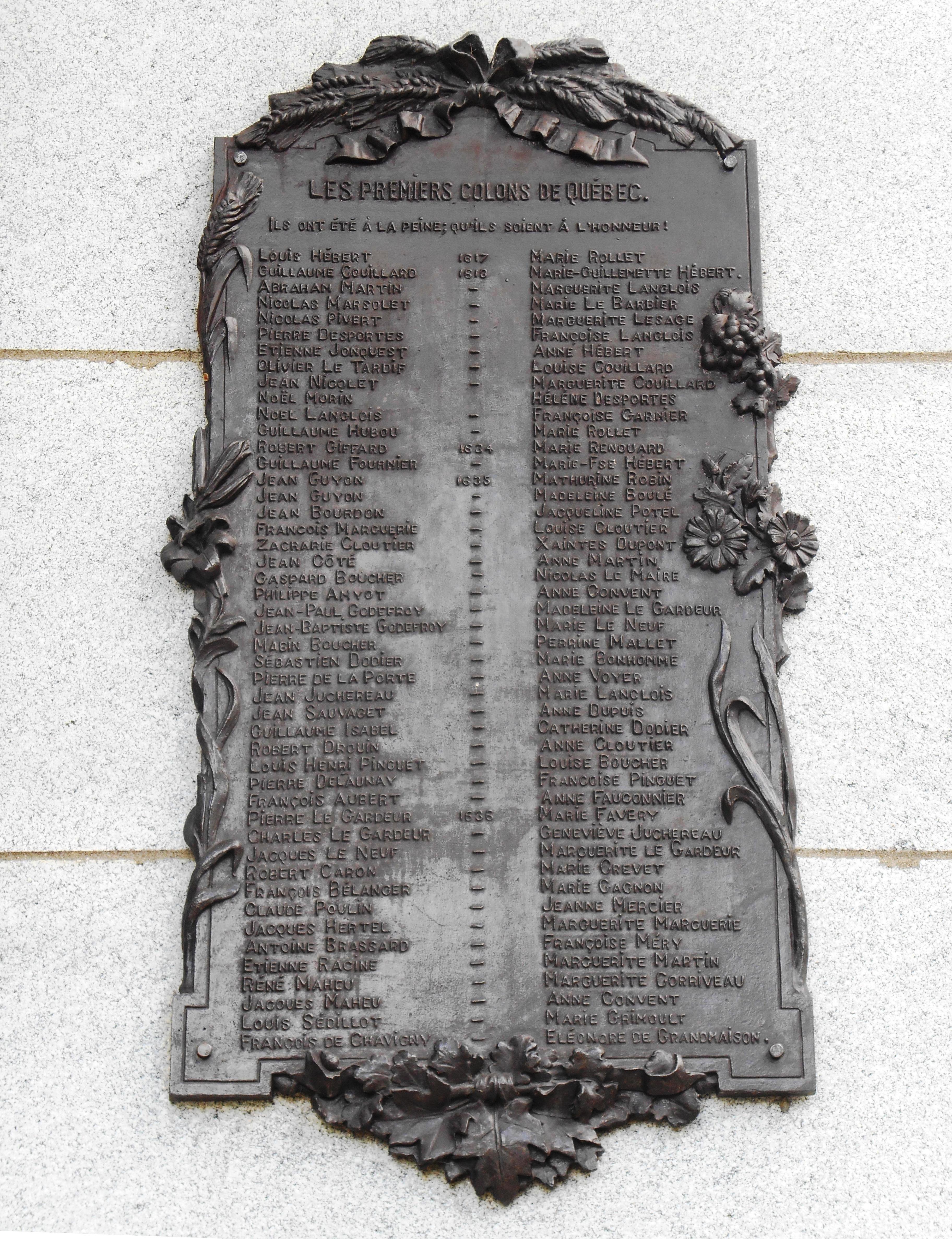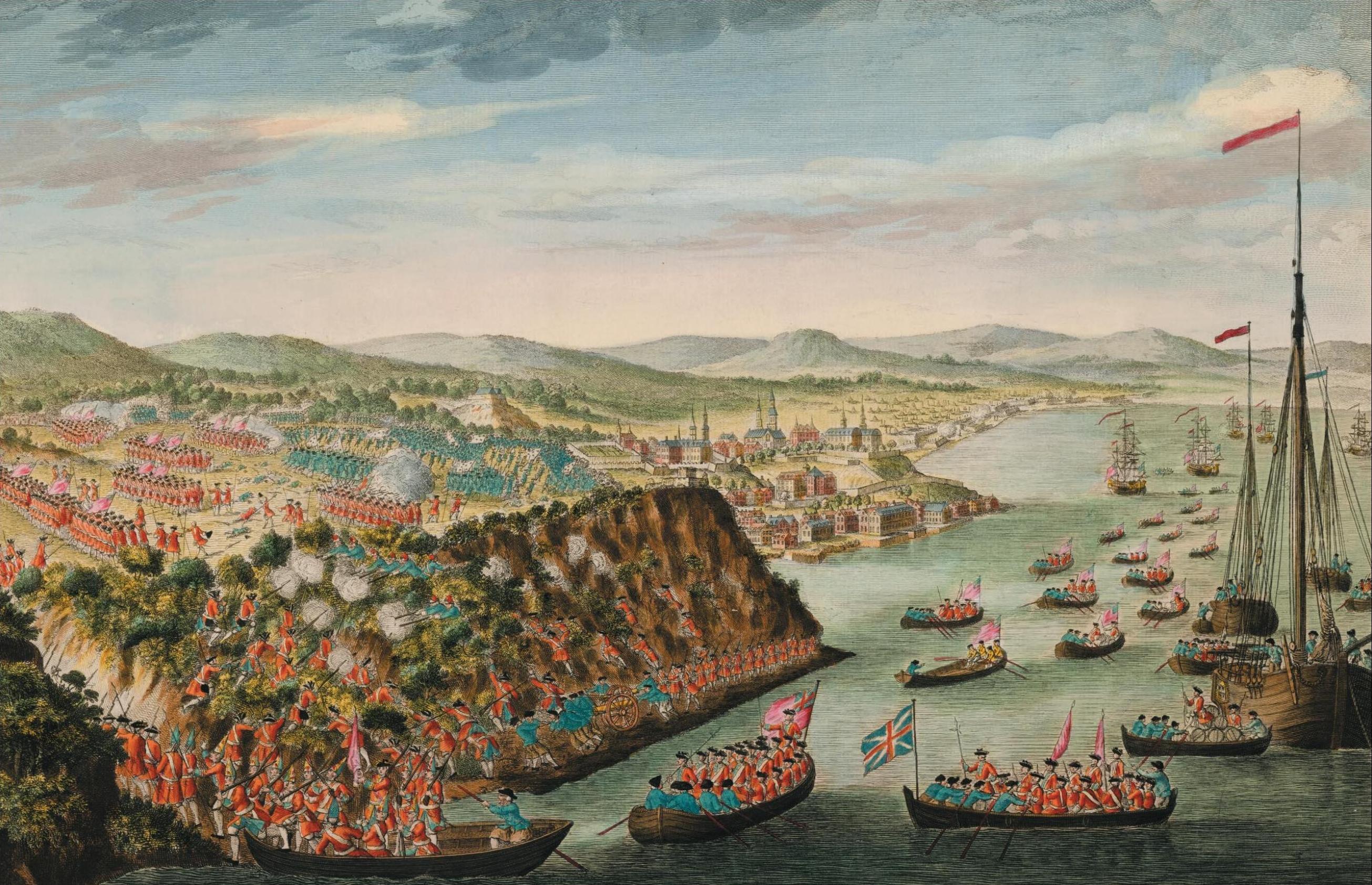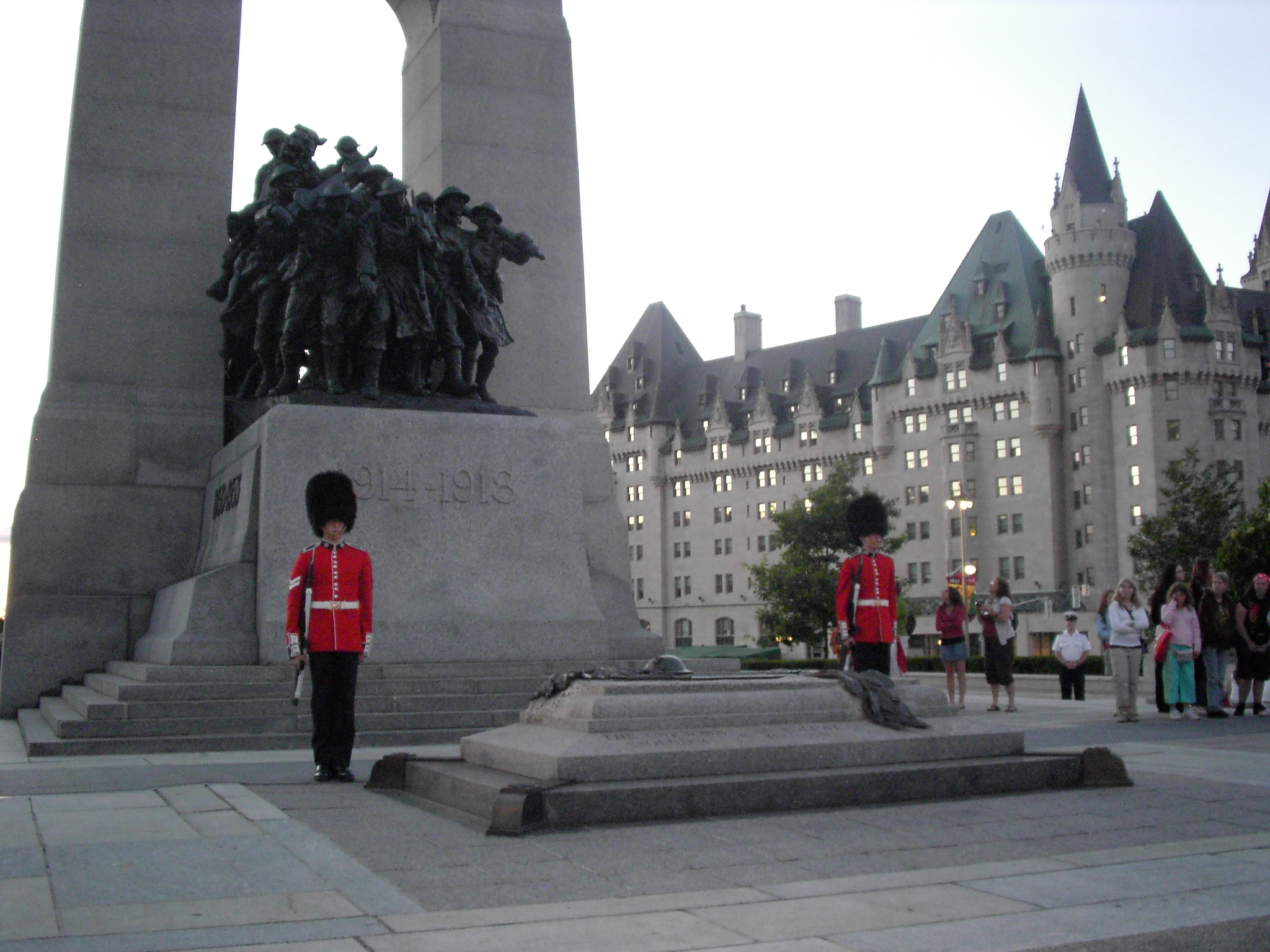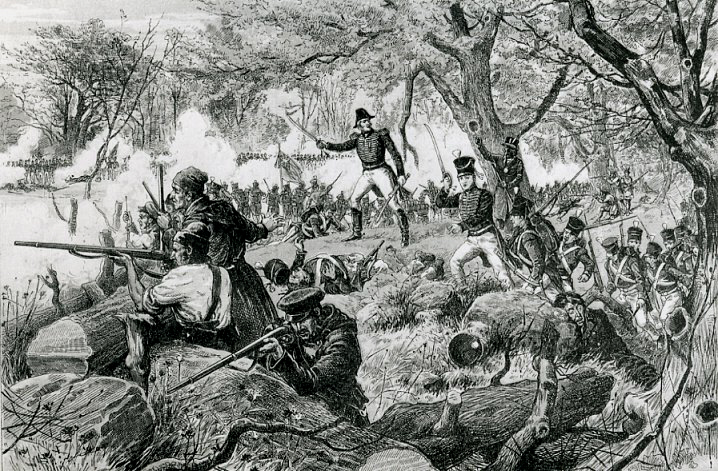|
35 Combat Engineer Regiment
35 Combat Engineer Regiment (35CER) (French: ''35e Régiment du génie de combat'') is a reserve unit of the Canadian Military Engineers in Quebec City, Quebec, Canada. It is part of the 35 Canadian Brigade Group, Land Force Quebec Area, 2nd Canadian Division. The unit was involved in training Ukrainian soldiers in mine disposal during the Russo-Ukrainian War. References Order of precedence See also * Military history of Canada * History of the Canadian Army * Canadian Forces * List of armouries in Canada Engineer regiments of Canada {{Canada-mil-stub ... [...More Info...] [...Related Items...] OR: [Wikipedia] [Google] [Baidu] |
Canada
Canada is a country in North America. Its Provinces and territories of Canada, ten provinces and three territories extend from the Atlantic Ocean to the Pacific Ocean and northward into the Arctic Ocean, making it the world's List of countries and dependencies by area, second-largest country by total area, with the List of countries by length of coastline, world's longest coastline. Its Canada–United States border, border with the United States is the world's longest international land border. The country is characterized by a wide range of both Temperature in Canada, meteorologic and Geography of Canada, geological regions. With Population of Canada, a population of over 41million people, it has widely varying population densities, with the majority residing in List of the largest population centres in Canada, urban areas and large areas of the country being sparsely populated. Canada's capital is Ottawa and List of census metropolitan areas and agglomerations in Canada, ... [...More Info...] [...Related Items...] OR: [Wikipedia] [Google] [Baidu] |
Canadian Military Engineers
The Canadian Military Engineers (CME; ) is the military engineering personnel branch of the Canadian Armed Forces. The members of the branch that wear army uniform comprise the Corps of Royal Canadian Engineers (RCE; ). The mission of the Canadian Military Engineers is to contribute to the survival, mobility, and combat effectiveness of the Canadian Armed Forces. Their roles are to conduct combat operations, support the Canadian Forces in war and peace, support national development, provide assistance to civil authorities, and support international aid programs. Military engineers' responsibilities encompass the use of demolitions and land mines, the design, construction and maintenance of defensive works and fortifications, urban operations (hostile room entry), breaching obstacles, establishing/maintaining lines of communication, and bridging. They also provide water, power and other utilities, provide fire, aircraft crash and rescue services, hazardous material operations, and ... [...More Info...] [...Related Items...] OR: [Wikipedia] [Google] [Baidu] |
35 Canadian Brigade Group
35 Canadian Brigade Group (35CBG; ) is part of 2nd Canadian Division, under the Canadian Army of the Canadian Forces. It is headquartered in Quebec City, Quebec. It is the successor of the Cold War era Quebec Militia District. Brigade units See also *34 Canadian Brigade Group 34 Canadian Brigade Group (34CBG; ) is a Primary Reserve component of 2nd Canadian Division, under the Canadian Army. It is headquartered in Montreal, Quebec. It is the successor of the Cold War-era Montreal Militia District. Brigade units U ..., the other such brigade formation in the province of Quebec. References Brigades of the Canadian Army Organizations based in Quebec City {{Canada-mil-stub ... [...More Info...] [...Related Items...] OR: [Wikipedia] [Google] [Baidu] |
Quebec City
Quebec City is the capital city of the Provinces and territories of Canada, Canadian province of Quebec. As of July 2021, the city had a population of 549,459, and the Census Metropolitan Area (including surrounding communities) had a population of 839,311. It is the twelfthList of the largest municipalities in Canada by population, -largest city and the seventh-List of census metropolitan areas and agglomerations in Canada, largest metropolitan area in Canada. It is also the List of towns in Quebec, second-largest city in the province, after Montreal. It has a humid continental climate with warm summers coupled with cold and snowy winters. Explorer Samuel de Champlain founded a French settlement here in 1608, and adopted the Algonquin name. Quebec City is one of the List of North American cities by year of foundation, oldest European settlements in North America. The Ramparts of Quebec City, ramparts surrounding Old Quebec () are the only fortified city walls remaining in the ... [...More Info...] [...Related Items...] OR: [Wikipedia] [Google] [Baidu] |
Quebec
Quebec is Canada's List of Canadian provinces and territories by area, largest province by area. Located in Central Canada, the province shares borders with the provinces of Ontario to the west, Newfoundland and Labrador to the northeast, New Brunswick to the southeast and a coastal border with the territory of Nunavut. In the south, it shares a border with the United States. Between 1534 and 1763, what is now Quebec was the List of French possessions and colonies, French colony of ''Canada (New France), Canada'' and was the most developed colony in New France. Following the Seven Years' War, ''Canada'' became a Territorial evolution of the British Empire#List of territories that were once a part of the British Empire, British colony, first as the Province of Quebec (1763–1791), Province of Quebec (1763–1791), then Lower Canada (1791–1841), and lastly part of the Province of Canada (1841–1867) as a result of the Lower Canada Rebellion. It was Canadian Confederation, ... [...More Info...] [...Related Items...] OR: [Wikipedia] [Google] [Baidu] |
Quebec City
Quebec City is the capital city of the Provinces and territories of Canada, Canadian province of Quebec. As of July 2021, the city had a population of 549,459, and the Census Metropolitan Area (including surrounding communities) had a population of 839,311. It is the twelfthList of the largest municipalities in Canada by population, -largest city and the seventh-List of census metropolitan areas and agglomerations in Canada, largest metropolitan area in Canada. It is also the List of towns in Quebec, second-largest city in the province, after Montreal. It has a humid continental climate with warm summers coupled with cold and snowy winters. Explorer Samuel de Champlain founded a French settlement here in 1608, and adopted the Algonquin name. Quebec City is one of the List of North American cities by year of foundation, oldest European settlements in North America. The Ramparts of Quebec City, ramparts surrounding Old Quebec () are the only fortified city walls remaining in the ... [...More Info...] [...Related Items...] OR: [Wikipedia] [Google] [Baidu] |
Land Force Quebec Area
Land, also known as dry land, ground, or earth, is the solid terrestrial surface of Earth not submerged by the ocean or another body of water. It makes up 29.2% of Earth's surface and includes all continents and islands. Earth's land surface is almost entirely covered by regolith, a layer of rock, soil, and minerals that forms the outer part of the crust. Land plays an important role in Earth's climate system, being involved in the carbon cycle, nitrogen cycle, and water cycle. One-third of land is covered in trees, another third is used for agriculture, and one-tenth is covered in permanent snow and glaciers. The remainder consists of desert, savannah, and prairie. Land terrain varies greatly, consisting of mountains, deserts, plains, plateaus, glaciers, and other landforms. In physical geology, the land is divided into two major categories: Mountain ranges and relatively flat interiors called cratons. Both form over millions of years through plate tectonics. Streams – a ... [...More Info...] [...Related Items...] OR: [Wikipedia] [Google] [Baidu] |
Russo-Ukrainian War
The Russo-Ukrainian War began in February 2014 and is ongoing. Following Ukraine's Revolution of Dignity, Russia Russian occupation of Crimea, occupied and Annexation of Crimea by the Russian Federation, annexed Crimea from Ukraine. It then supported Russian separatist forces in Ukraine, Russian paramilitaries who began a War in Donbas, war in the eastern Donbas region against Ukraine's military. In 2018, Ukraine declared the region to be Russian-occupied territories of Ukraine, occupied by Russia. These first eight years of conflict also included List of Black Sea incidents involving Russia and Ukraine, naval incidents and Russo-Ukrainian cyberwarfare, cyberwarfare. In February 2022, Russia launched a Russian invasion of Ukraine, full-scale invasion of Ukraine and began occupying more of the country, starting the biggest conflict in Europe since World War II. The war has resulted in a Ukrainian refugee crisis, refugee crisis and hundreds of thousands of deaths. In early 201 ... [...More Info...] [...Related Items...] OR: [Wikipedia] [Google] [Baidu] |
34 Combat Engineer Regiment
34 Combat Engineer Regiment (34CER) is a reserve unit of the Royal Canadian Engineers in Montreal, and Rouyn-Noranda, Quebec, Canada. It is part of the 34 Canadian Brigade Group, 2nd Canadian Division. The unit currently consists of: * 4 Field Engineer Squadron (French: 4e Escadron du génie) * 9 Field Engineer Squadron (French: 9e Escadron du génie) * Command and Support Squadron See also * Military history of Canada * History of the Canadian Army * Canadian Forces The Canadian Armed Forces (CAF; , FAC) are the unified Military, military forces of Canada, including sea, land, and air commands referred to as the Royal Canadian Navy, Canadian Army and the Royal Canadian Air Force. Under the ''National Defenc ... * List of armouries in Canada References Engineer regiments of Canada {{Canada-mil-stub ... [...More Info...] [...Related Items...] OR: [Wikipedia] [Google] [Baidu] |
36 Combat Engineer Regiment
36 Combat Engineer Regiment (36CER) is a reserve unit of the Canadian Military Engineers in Halifax, Nova Scotia Canada. It is part of the 36 Canadian Brigade Group, 5th Canadian Division. Organization There is currently One Engineer Squadron providing general engineer support to the brigade, and a Regimental Headquarters in 36 CER: * RHQ is composed of the regimental command staff, Ops and training staff, and administration and logistics staff. Also within the RHQ is 20 Engineer Troop, located in Halifax, Nova Scotia the troop consists of a number field sections and a training section. * 45 Engineer Squadron is located in Sydney, Nova Scotia. Order of precedence See also * Military history of Canada * History of the Canadian Army * Canadian Forces * List of armouries in Canada A number of armouries and drill halls exist in communities across Canada. Of these, the majority were built in Ontario and Quebec. Architecture Chief Dominion Architects The Chief Dominio ... [...More Info...] [...Related Items...] OR: [Wikipedia] [Google] [Baidu] |
Military History Of Canada
The military history of Canada spans centuries of conflicts within the country, as well as international engagements involving the Canadian Armed Forces, Canadian military. The Indigenous nations of Canada engaged in conflicts with one another for millennia. The arrival of European settlers in the 17th century led to new alliances and hostilities among Indigenous nations and colonial powers, leading to conflicts such as the Beaver Wars. The late 17th and 18th centuries saw French and Indian Wars, four major British-French conflicts fought in Canada, culminating with the British Conquest of New France, conquest of New France in 1760. This reshaped the region and contributed to the American Revolutionary War, during which American attempts to Invasion of Quebec (1775), seize Quebec and Nova Scotia in the American Revolution, spark a revolt in Nova Scotia failed. The 19th century brought both external threats and internal challenges to British North America. While its colonies repell ... [...More Info...] [...Related Items...] OR: [Wikipedia] [Google] [Baidu] |
History Of The Canadian Army
The history of the Canadian Army, began when the title first came into official use in November 1940, during the Second World War, and is still used today. Although the official titles, Mobile Command, and later Land Force Command, were used from February 1968 to August 2011, "Canadian Army" continued to be unofficially used to refer to the ground forces of the Canadian Armed Forces, much as it has been from Confederation in 1867 to the present. The term was often even used in official military publications, for example in recruiting literature and the official newspaper of the Canadian Forces, ''The Maple Leaf''. On August 16, 2011, the title, "Canadian Army", was officially restored, once again bringing the official designation in line with common and historical usage. Formation Prior to Canadian Confederation in 1867, defence for the colonies that comprise present-day Canada was dependent on the armies of colonial powers. The military of New France (1608–1763) was dependent ... [...More Info...] [...Related Items...] OR: [Wikipedia] [Google] [Baidu] |







